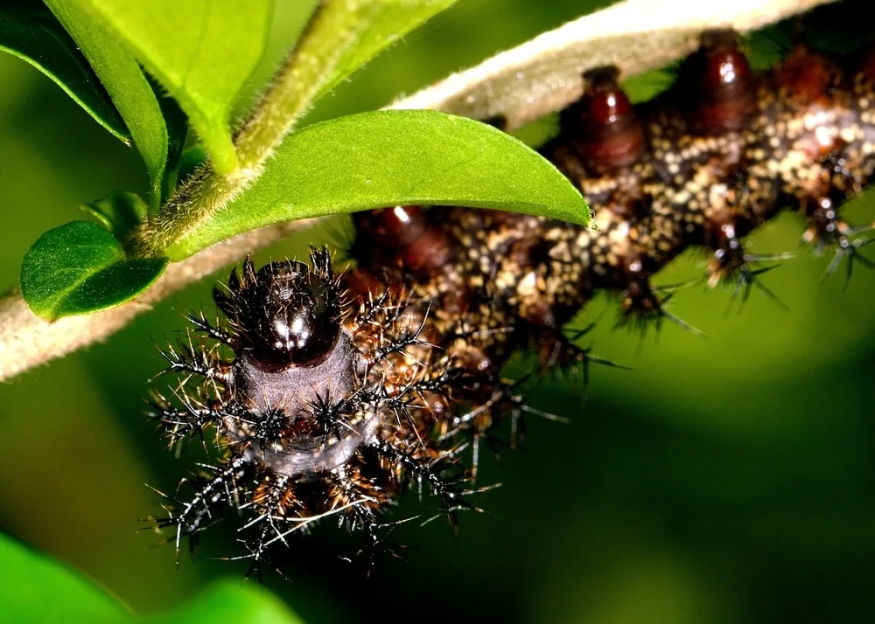
The natural world never ceases to amaze us with its intricate wonders. Among its most fascinating phenomena is the transformation of caterpillars into butterflies, a captivating metamorphosis that often conceals hidden secrets. In this article, we delve into the realm of Nature's sorcery, exploring the remarkable ability of caterpillars to consume poisonous plants and subsequently emerge as enchanting yet toxic butterflies. Join us on this journey through the whimsical landscape of these exquisite creatures and learn about the intriguing mechanisms behind their transformation.
Caterpillars: Fearless Connoisseurs of Poison
Caterpillars, seemingly innocuous creatures, are fearless connoisseurs of poison. These voracious eaters have evolved a remarkable ability to feast on plants teeming with toxic chemicals. While other animals avoid such dangers, caterpillars fearlessly devour leaves laden with potent poisons. Their bodies possess specialized enzymes that break down and neutralize these toxic compounds, rendering them harmless. Through sequestration, caterpillars accumulate these toxins, transforming them into walking arsenals of chemical weaponry. This remarkable adaptation serves a dual purpose: it deters potential predators, sends a clear warning signal, and provides the caterpillar with a powerful defense mechanism. Thus, these unassuming creatures navigate their world with audacious bravery, defying the perils that would deter others.
Metamorphosis: The Alchemical Process
Metamorphosis, in the context of alchemy, represents a profound and transformative process beyond physical change. It delves into the realms of spirituality, self-discovery, and personal evolution. The alchemical process of metamorphosis involves the dissolution of the old and the emergence of the new, akin to the mythical phoenix rising from the ashes. It requires individuals to confront their inner demons, face their deepest fears, and undergo a profound inner alchemy. Through this process, one experiences a fundamental shift in consciousness, breaking free from the limitations of their former self and embracing a higher state of being. Metamorphosis is an invitation to delve into the depths of one's soul, transmuting darkness into light and finding the essence of one's being.
The Magic of Warning Colors
The transformation from caterpillar to butterfly also involves a striking change in appearance. Once the metamorphosis is complete, the butterflies display vibrant warning colors, often featuring bold patterns and hues. These vivid markings serve as visual communication to potential predators, conveying a clear message: "I am toxic; stay away!" Predators learn to associate these conspicuous colors with danger and, as a result, avoid preying upon these poisonous butterflies. This phenomenon, known as aposematism, plays a crucial role in the survival of these beautiful insects and contributes to the overall balance of ecosystems.
The journey from caterpillar to butterfly is an astonishing testament to Nature's adaptability and creativity. The ability of caterpillars to consume poisonous plants and transform into toxic butterflies showcases the intricate mechanisms that have evolved to protect and ensure the survival of these delicate creatures. By delving into the mysteries of this fascinating metamorphosis, we gain a deeper appreciation for the wonders of the natural world. Read more about poisonous butterflies on Roaring Nature if you're intrigued by the world of them.










